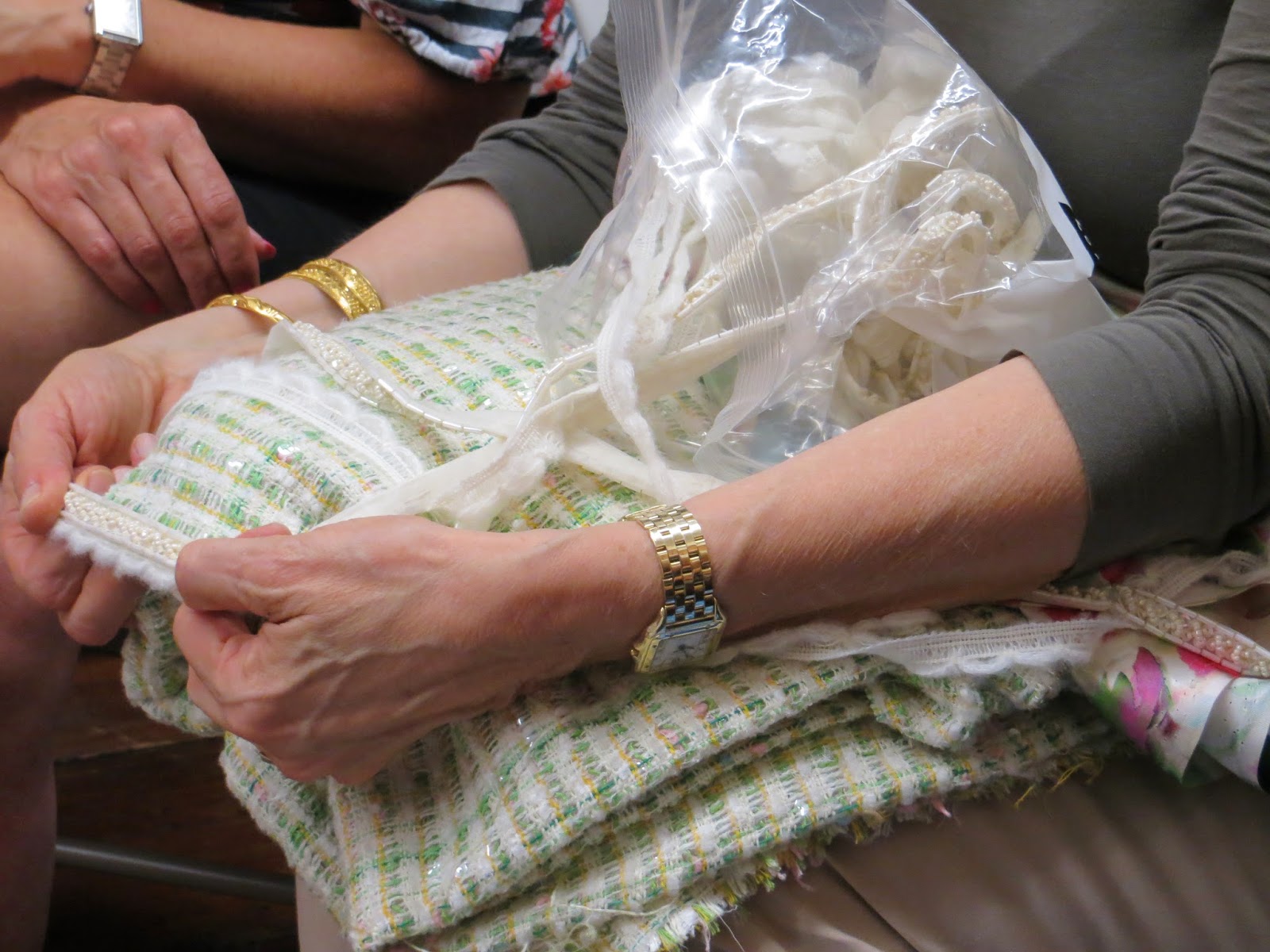Just a few facts from 1933, it was the worst year for "The Great Depression" with 1 in 4, in the US 1 in 3 out of work. How Much things cost in 1933 Average Cost of new house $5,750.00 Average wages per year $1,550.00 Cost of a gallon of Gas 10 cents Average Cost for house rent $18.00 per month Vacuum Cleaner $17.75 A loaf of Bread 7 cents Newport Boulevard Ladies Hat $1.69 A LB of Hamburger Meat 11 cents Silk and Rayon Stockings 39 cents a Pair Plymouth 6 Car$445.00 Health Building Tonic 89 cents Campbells Vegetable Soup 10 cents 1933 Vintage Radio $52.00 Average Laborers Wage $20.00 per week
Below are some Prices for UK guides in Pounds Sterling Average House Price 530
I find the ads interesting.
This fabric introduced as Nucloaine I have never heard of? Sounds rather sturdy to match the times.
Being a family that loves Ovaltine I loved this ad.
Not certain if this is readable so here is the first paragraph which I enjoyed.
"More and more are mothers realising the value of making their children's clothes themselves. That is one thing that the general slump has taught us. But, certainly, unless you an afford to spend a big sum on dressing the children, it is impossible to buy ready mades that are not clumsy, ill-cut and of very indifferent material.
On the other hand, when mothers decide to become their children's dressmakers, what delightful little garments they can produce for just a few shillings! It you have never made before, then this is a very good season to start, for all new little coats and frocks are being designed on simple, plain lines that are particularly easy to copy."
Whether sewing for children or yourself I think this sums up some of the reasons that I like to sew.
I think this is a cute design for chain stitch and satin stitch.
The like the title "The Newest Styles For The Youngest Man"! Very dapper.
























































